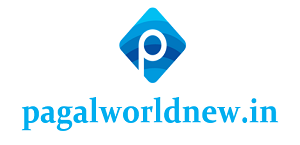In addition to understanding the basics of business analysis, you should to have perspective on how the business analyst role fits within software development lifecycles and the tools you or your colleagues may be using. As you probably realize by now, a business analyst is never in a self-contained box. An awareness of the bigger picture is important to keep your responsibilities in context.
Software development cycles characterize how an organization approaches a project. As a business analyst, you’ll likely work with (or interview for jobs that use) a variety of methodologies and software development cycles. You will want to be aware of the different methodologies, stay aware of current literature on new and existing methodologies, and, most importantly, understand the adaptations of the business analyst role within each methodology.
Waterfall
Hardly any organization is like to admit they are using waterfall anymore and this methodology is the butt of many jokes and passionate criticisms. The reality, however, is that many organizations are using some variation of the waterfall process. A waterfall methodology is exactly what it sounds like, each phase of the project (requirements, design, development, test, and implementation) occurring in linear order and concluding with a big splash at the end for delivery. While decidedly out of vogue, it can still be useful in very small projects.
More importantly, you should understand why it is out of vogue and the issues caused by a large, upfront requirements process un-vetted by design and implementation.
Rational Unified Process (RUP)
The Rational Unified Process is an approach to software development that is “iterative, architecture centric, and use case driven. The essential principals of the RUP include attacking major risks early, maintaining a focus on quality throughout the project, and maintaining a focus on value. RUP focuses on creating an executable architecture early in the project lifecycle so subsequent project iterations can be built in interlocking sub-components
Word Processing, Spreadsheets, and Slide Decks
You can hardly find an office job anymore where Microsoft Office skills are not either explicitly required or implied, and a business analysis position is no different. Knowing the basics of Word, Excel, and PowerPoint is necessary. Knowing how to exploit advanced features can give you a leg-up on your competition
Requirements management tools
Requirements management tools are web-based or client-installed database applications that are used to support requirements management for a project or system. Organizations not employing requirements management tools often store requirements in documents or spreadsheets on a shared drive or Intranet document repository. Requirements management tools provide a cohesive structure for tracking and tracing requirements and often are used in organizations with formal and mature software development processes.
The features provided by tools vary widely, some providing the most support in the upfront product development cycle and vetting enhancement requests and some more integrated with the software delivery cycle. Some senior level positions will require or prefer expertise in a particular set of tools. Barring direct experience with a tool as a consumer or approver of requirements in a previous role, look for ways to familiarize yourself with the tools you see most often in job descriptions.
 Pagal World
Pagal World




